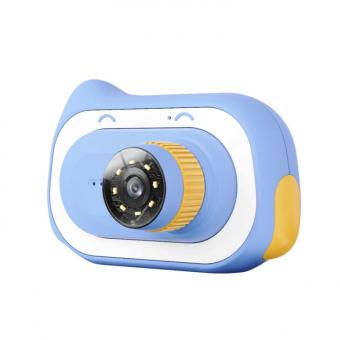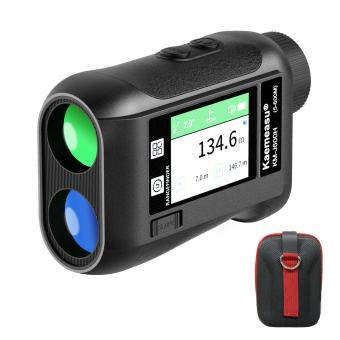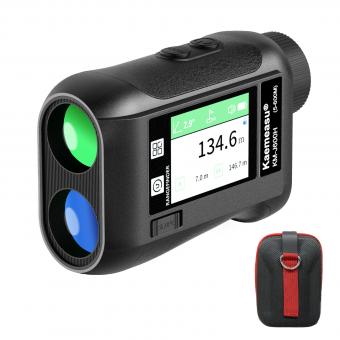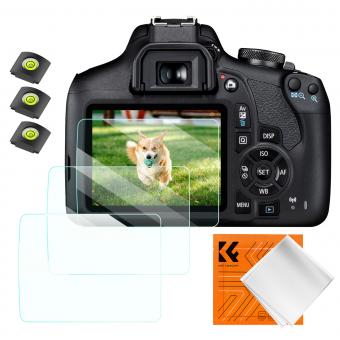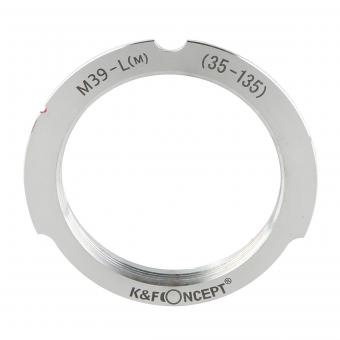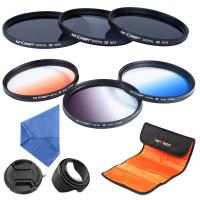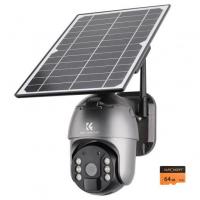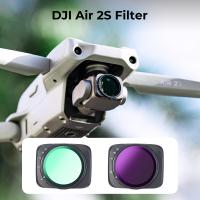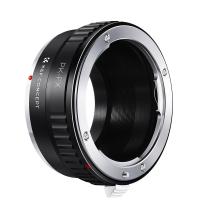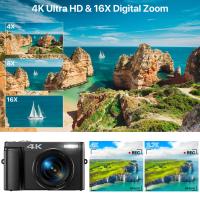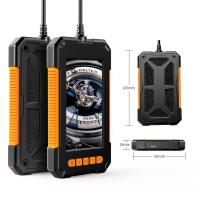What Is The Strongest Magnification For Monoculars ?
The strongest magnification for monoculars can vary depending on the specific model and brand. However, in general, monoculars typically offer magnifications ranging from 6x to 12x. Some high-end monoculars may provide even higher magnifications, reaching up to 20x or more. It is important to note that as the magnification increases, the field of view tends to decrease, and image stability may be compromised. Additionally, higher magnifications can make it more challenging to maintain a steady image, especially without the aid of a tripod or other stabilization methods. Therefore, the choice of magnification should be balanced with the intended use and personal preferences of the user.
1、 Optical magnification capabilities of monoculars
The strongest magnification for monoculars can vary depending on the specific model and technology used. However, in general, monoculars can provide magnification ranging from 4x to 10x. Some high-end monoculars may offer even higher magnification, up to 12x or 16x.
It is important to note that while higher magnification may seem desirable, there are limitations to consider. As magnification increases, the field of view decreases, making it more difficult to locate and track objects. Additionally, higher magnification can also amplify any hand movements, resulting in a shaky image.
The latest advancements in monocular technology have allowed for improved magnification capabilities. For example, some monoculars now feature image stabilization technology, which helps reduce image shake and allows for clearer viewing at higher magnifications. This technology is particularly useful for activities such as birdwatching or wildlife observation, where a stable image is crucial for detailed observation.
Furthermore, advancements in lens coatings and optical design have also contributed to improved image quality and clarity at higher magnifications. These advancements help minimize distortions, aberrations, and color fringing, resulting in sharper and more detailed images.
It is worth mentioning that while magnification is an important factor to consider when choosing a monocular, other factors such as lens quality, field of view, and overall build quality should also be taken into account. Ultimately, the best magnification for a monocular depends on the specific needs and preferences of the user.

2、 Maximum magnification range for monoculars
The maximum magnification range for monoculars can vary depending on the specific model and brand. However, in general, the strongest magnification for monoculars is typically around 10x to 12x. This means that the object being viewed through the monocular appears 10 to 12 times closer than it would to the naked eye.
There are a few reasons why the maximum magnification range for monoculars is limited. One of the main factors is image stability. As the magnification increases, even the slightest hand movements can cause the image to become shaky and difficult to focus on. This is especially true when using higher magnifications without the aid of a tripod or other stabilization device.
Another factor is the size of the objective lens. Monoculars with larger objective lenses can gather more light, resulting in brighter and clearer images. However, increasing the magnification without increasing the size of the objective lens can lead to a loss of image quality and brightness.
Additionally, the atmospheric conditions and the quality of the monocular itself can also affect the maximum magnification range. In ideal conditions, some monoculars may be able to achieve slightly higher magnifications, but this is not always practical or feasible in real-world scenarios.
It is worth noting that while higher magnifications may seem appealing, they are not always necessary or beneficial. In fact, extremely high magnifications can often result in a narrower field of view, making it more difficult to locate and track objects.
In conclusion, the maximum magnification range for monoculars is typically around 10x to 12x. While there may be some variations depending on the specific model and brand, this range strikes a balance between image stability, brightness, and practicality. It is important to consider these factors when choosing a monocular to ensure optimal viewing experience.
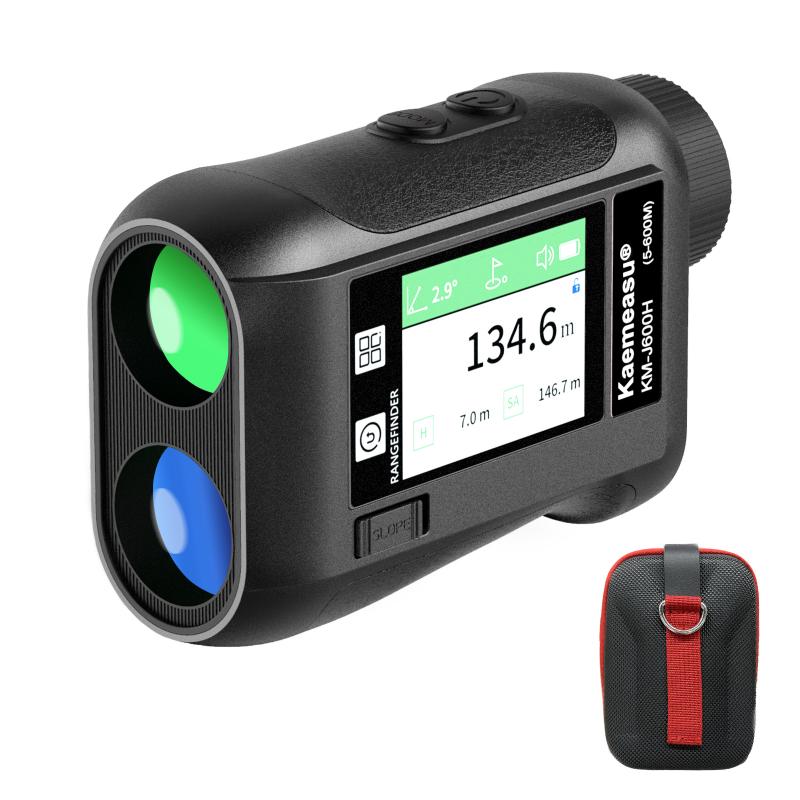
3、 Factors influencing the strongest magnification in monoculars
The strongest magnification for monoculars is influenced by several factors. Firstly, the quality and design of the monocular lens play a crucial role. High-quality lenses with advanced coatings and precision engineering can provide a stronger magnification. Additionally, the size of the objective lens, which determines the amount of light entering the monocular, can impact the magnification. Larger objective lenses allow for more light gathering, resulting in a potentially stronger magnification.
Another factor is the stability of the monocular. Higher magnifications require a steady hand or a tripod to minimize image shake. Therefore, the stability of the monocular, including the presence of image stabilization technology, can affect the maximum achievable magnification.
Furthermore, the optical system of the monocular, including the number and arrangement of lenses, can influence the magnification. Monoculars with more complex optical systems may be able to achieve stronger magnifications.
It is important to note that while stronger magnifications may seem desirable, there are limitations. Extremely high magnifications can result in a narrower field of view, reduced brightness, and decreased image quality. Therefore, manufacturers often strike a balance between magnification and other optical factors to provide the best overall viewing experience.
The latest point of view suggests that advancements in lens technology and optical design have allowed for stronger magnifications in monoculars. Some monoculars now offer magnifications of up to 10x or even higher. However, it is important to consider the intended use of the monocular and the trade-offs associated with higher magnifications. For general observation purposes, a magnification of around 8x to 10x is often considered optimal, providing a good balance between magnification and image quality.
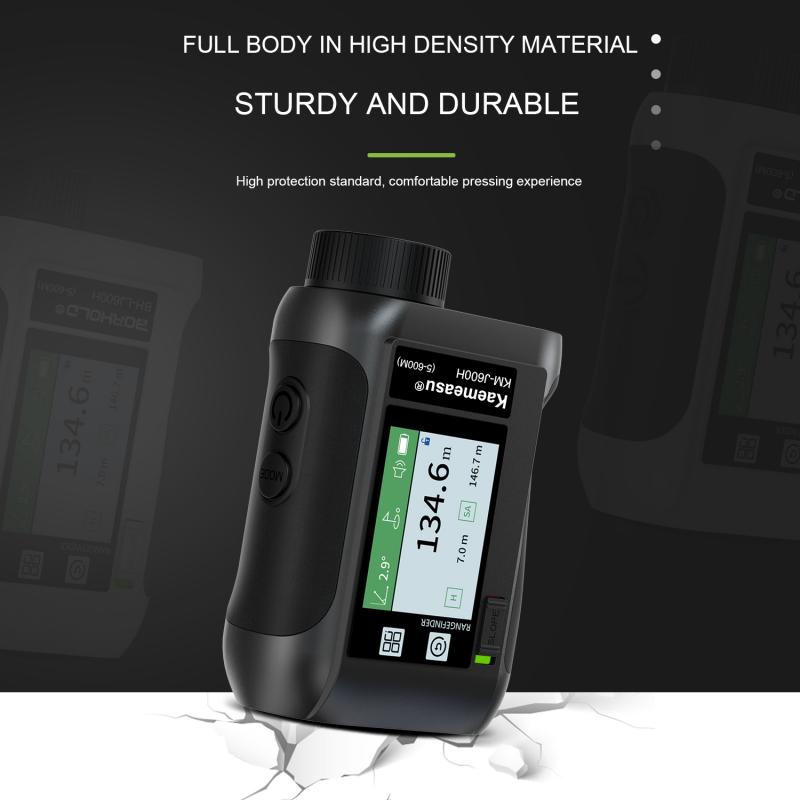
4、 Latest advancements in magnification technology for monoculars
The strongest magnification for monoculars is constantly evolving due to the latest advancements in magnification technology. In recent years, there have been significant developments in the field of optics, allowing for higher magnification capabilities in monoculars.
Traditionally, monoculars have offered magnifications ranging from 6x to 10x. However, with the advent of new technologies, monoculars with magnifications of up to 20x or even higher are now available in the market. These advancements have been made possible through the use of advanced lens materials, coatings, and design techniques.
One of the latest advancements in magnification technology for monoculars is the incorporation of image stabilization systems. These systems help to counteract hand movements and vibrations, allowing for clearer and more stable images even at higher magnifications. This is particularly useful for activities such as birdwatching or wildlife observation, where a steady image is crucial for accurate identification.
Another recent development is the integration of digital zoom capabilities in monoculars. Digital zoom allows users to magnify the image further beyond the optical zoom range. While this can be useful in certain situations, it is important to note that digital zoom may result in a loss of image quality and clarity.
It is worth mentioning that the strongest magnification for monoculars is not always the best option. Higher magnifications can result in a narrower field of view and reduced brightness, making it more challenging to locate and track objects. Additionally, higher magnifications can also amplify hand movements, making it difficult to maintain a steady image.
In conclusion, the strongest magnification for monoculars is continually advancing due to the latest advancements in magnification technology. With the integration of image stabilization systems and digital zoom capabilities, monoculars can now offer magnifications of up to 20x or higher. However, it is important to consider factors such as field of view, brightness, and image stability when choosing the appropriate magnification for specific activities.





